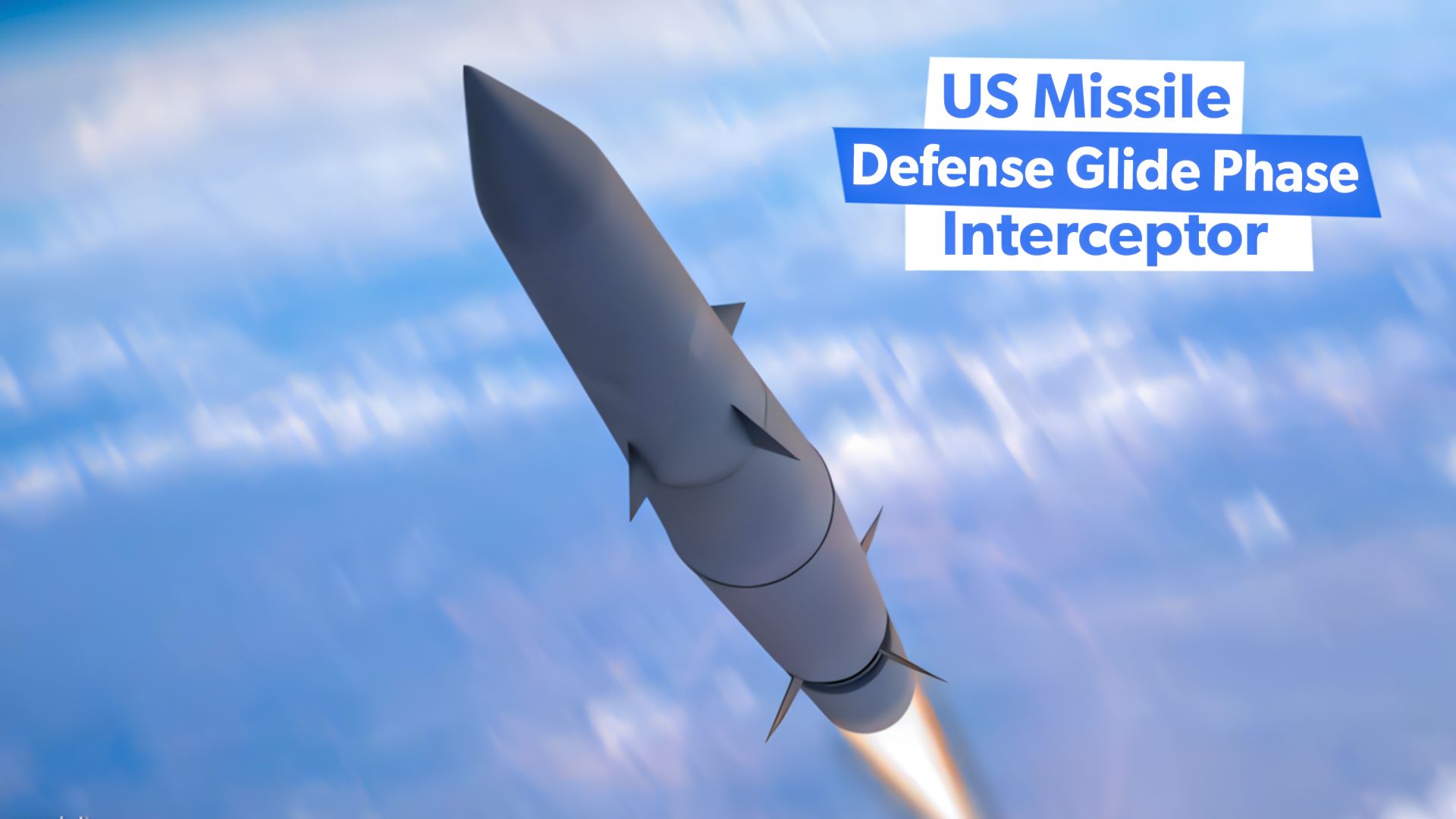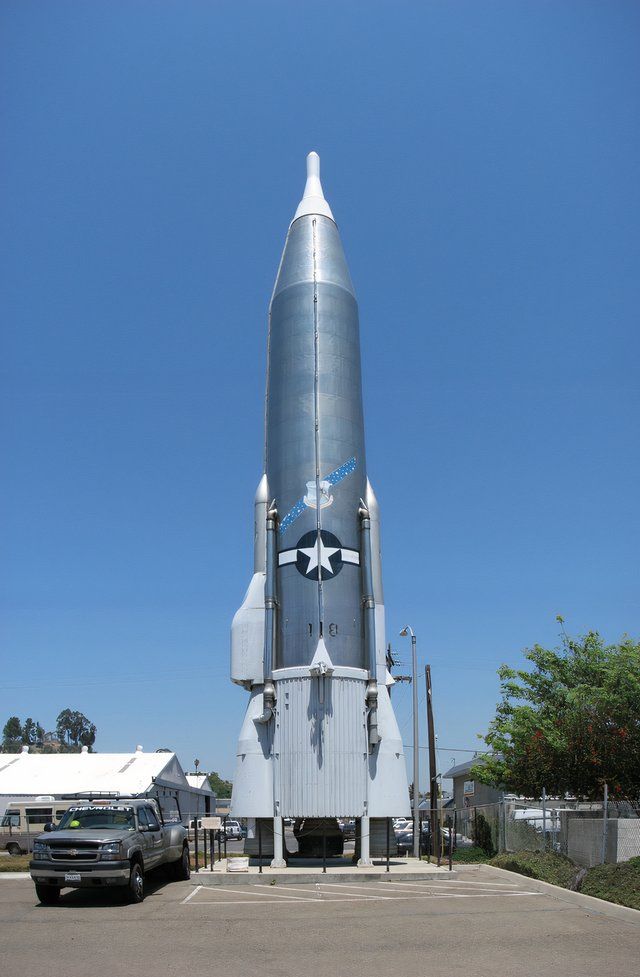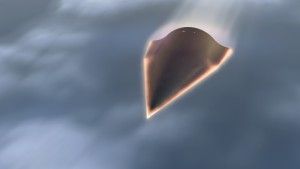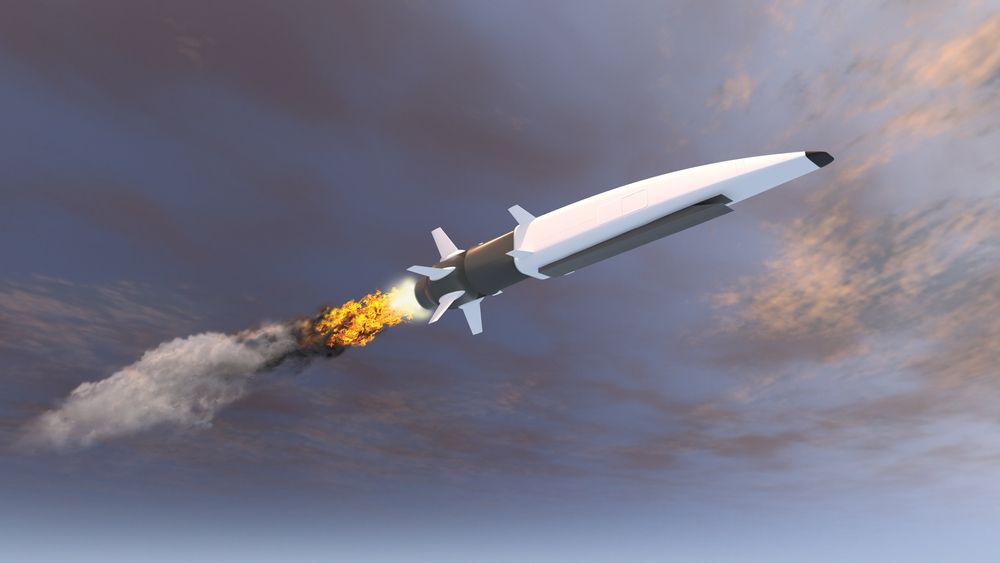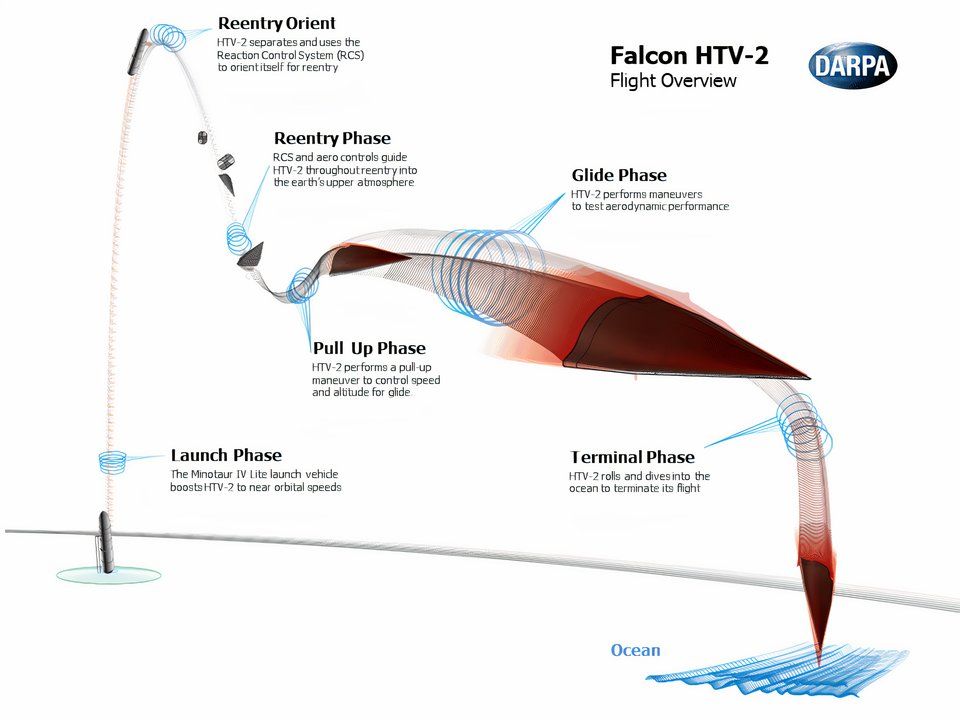In the world of powered flight, hypersonic flight has become the new benchmark for missile and manned aircraft design. With modern technology, supersonic flight is not difficult to achieve or maintain, and many modern fighter aircraft and some large aircraft, such as bomber aircraft, can achieve supersonic flight. But how is hypersonic flight different from supersonic flight? Simply put, hypersonic flight is defined as sustained flight at or above Mach five, whereas supersonic flight is sustained flight at or above Mach one. The newest weapons being developed are being designed to fly at hypersonic speeds.
The introduction of ballistic missiles to the battlefield
Ballistic missiles were a great warfare invention because they allowed the employment of weapons from facilities that were far from the battlefield. An example of early ballistic weapons is the V-2 rockets that were used by Nazi Germany to bombard Allied targets during World War Two. The V-2 rockets were short-range ballistic missiles that did not exit the Earth’s atmosphere. The later intercontinental ballistic missiles that were developed during the Cold War had launch trajectories that took them out of the Earth’s atmosphere and then returned into the atmosphere to reach their intended target.
Defenses have been developed to protect against ballistic missiles. Missile defense systems detect the ballistic missile launch, track its path, and intercept the missile in the terminal phase when it re-enters the atmosphere on the final trajectory to its target. While intercontinental ballistic missiles do reach speeds above Mach five during their flight, they are not considered hypersonic missiles because they are not maneuverable during hypersonic flight. This lack of maneuverability is one major weakness of intercontinental ballistic missiles.
Hypersonic glide vehicles
Hypersonic glide vehicles are a solution to the problem of the lack of maneuverability in intercontinental ballistic missiles. These glide vehicles are fitted to ballistic missiles as a booster for the launch, but they separate from the missile in a low earth orbit and continue to travel at hypersonic speeds in the Earth’s atmosphere. This low flight trajectory of hypersonic glide vehicles allows the vehicle to avoid traditional ground and sea-based RADAR. This is because a large portion of their flight is blocked from RADAR due to the earth’s curvature.
3D Rendering of a Hypersonic Missile. Photo: Esteban De Armas l Shutterstock
They can also avoid interception better than traditional intercontinental ballistic missiles because they can adjust their altitude and course during flight. This allows their flight patterns to change often and can appear erratic, making the intended target unclear. This fluctuating flight path makes it harder to intercept because the glide vehicle’s path and final target are difficult to predict.
Phases of hypersonic glide vehicle launch
There are many phases to a hypersonic glide vehicle launch. First, hypersonic glide vehicles are attached to a launch vehicle. Most of them are fitted with a ballistic missile for their launch. However, they can be propelled by a rocket motor after being dropped from an aircraft. This is called the boost phase and is what propels the vehicle either into the Earth’s atmosphere or into space.
The second phase, the ballistic phase, begins when the glide vehicle separates from the booster and continues on its ballistic trajectory.
Up to this stage, the hypersonic glide vehicle launch is similar to that of a regular ballistic missile launch. The next phase of the launch is where the hypersonic glide vehicle differs. The glide vehicle then enters a reentry phase, reentering the atmosphere. In this phase, the vehicle increases in speed as its altitude decreases while it reenters the atmosphere. During the pull-up phase, the vehicle flattens its dive. The glide phase is next, and this is where the vehicle travels in almost level flight.

Related
5 Key Threats To US Aircraft Carriers
Aircraft carriers are the USN’s primary power projection tool, but they’re also fat juicy targets. What are the 5 biggest threats to the “flattops?”
During the glide phase, the vehicle is maneuvering to avoid detection and to mask the target of the strike. The glide vehicle must battle the effects of the surrounding atmosphere in terms of drag. This is not typically an issue with ballistic missiles because they spend most of their flight outside the Earth’s atmosphere. Additionally, even though the vehicle is maneuverable in the glide phase, any flight outside of straight and level flight will impact the ultimate range of the vehicle.
The hypersonic glide vehicle’s final phase is the terminal phase, during which the vehicle makes its final dive to its intended target.
Detecting a hypersonic glide vehicle
The challenge with intercepting a hypersonic glide vehicle is that the vehicle has phases of its flight that are not visible to land or sea-based RADAR and their maneuverability. This gives the missile defense systems less warning time for detecting the missile and makes it harder to determine the true intended target. However, there are weaknesses that can be exploited to detect the launches of hypersonic glide vehicles.
The first weakness is that the first two phases of the launch are identical to a ballistic missile launch. This would allow the first two phases to be identified by the countries that have space-based early-warning missile systems. Additionally, because the glide vehicle travels through the Earth’s atmosphere at high rates of speed, the outside of the vehicle reaches a high temperature. This high temperature would be visible on the satellite-based infrared sensors that are employed by the US and Russian missile early warning systems.
Intercepting a hypersonic glide vehicle
Hypersonic glide vehicle technology is still a burgeoning technology that is under development by many countries. There is a concerted effort underway by the US Missile Defense Agency to create a technology that will not only detect the launch of a glide vehicle but also intercept and eliminate the threat. Northrop Grumman has been selected to develop this technology. This technology being developed will intercept the missile in the glide phase. In this phase, it is easy to detect due to the vehicle’s IR signature.
However, the system will likely depend heavily on computer modeling to predict the vehicle’s path and launch a missile to intercept the glide vehicle. The threat of hypersonic glide vehicles is only increasing as countries worldwide continue to develop the technology. It is not unreasonable to believe that in the future, these types of weapons will be fitted to the pylons of fighter and bomber aircraft, further increasing their mobility and decreasing the window to detect and intercept the weapon.

